Using innovative new techniques to investigate microglia in neurodegenerative diseases
The Priller Lab is developing cutting-edge techniques to help advance research into the role of a type of brain cell called microglia in neurodegenerative diseases, including Alzheimer’s (AD) and Huntington’s disease (HD). The team hopes to reveal key insights that will fuel the development of new treatments targeting these cells in disease.
Microglia are a specialised type of immune cell found within the brain. They act like sentry guards, exploring brain tissues for signs of damage or infections. When they spot a threat – foreign invaders, waste materials or dead cells, - they become active, ‘eating’ them up and alerting other immune cells for help. Activated microglia are a feature of many neurodegenerative diseases, but their exact role is currently not well-understood.
Microglia are also difficult to study and so researchers are developing innovative techniques, including one that will enable them to isolate a single microglial cell from human brain tissue and analyse its molecular profile in exquisite detail. The Priller Lab will also generate microglia-like cells from human stem cells derived from skin or blood cells that they can grow in dishes for experiments. Using these new techniques, they will explore changes that happen to microglia in people with AD and HD.
Prof Josef Priller
Prof Josef Priller is a Group Leader at the UK DRI at Edinburgh. Find out more about his career and expertise on his profile page.

Latest news

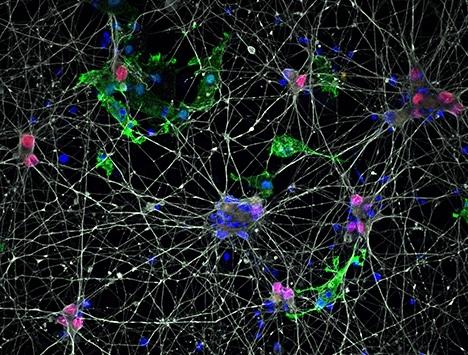

Research summary
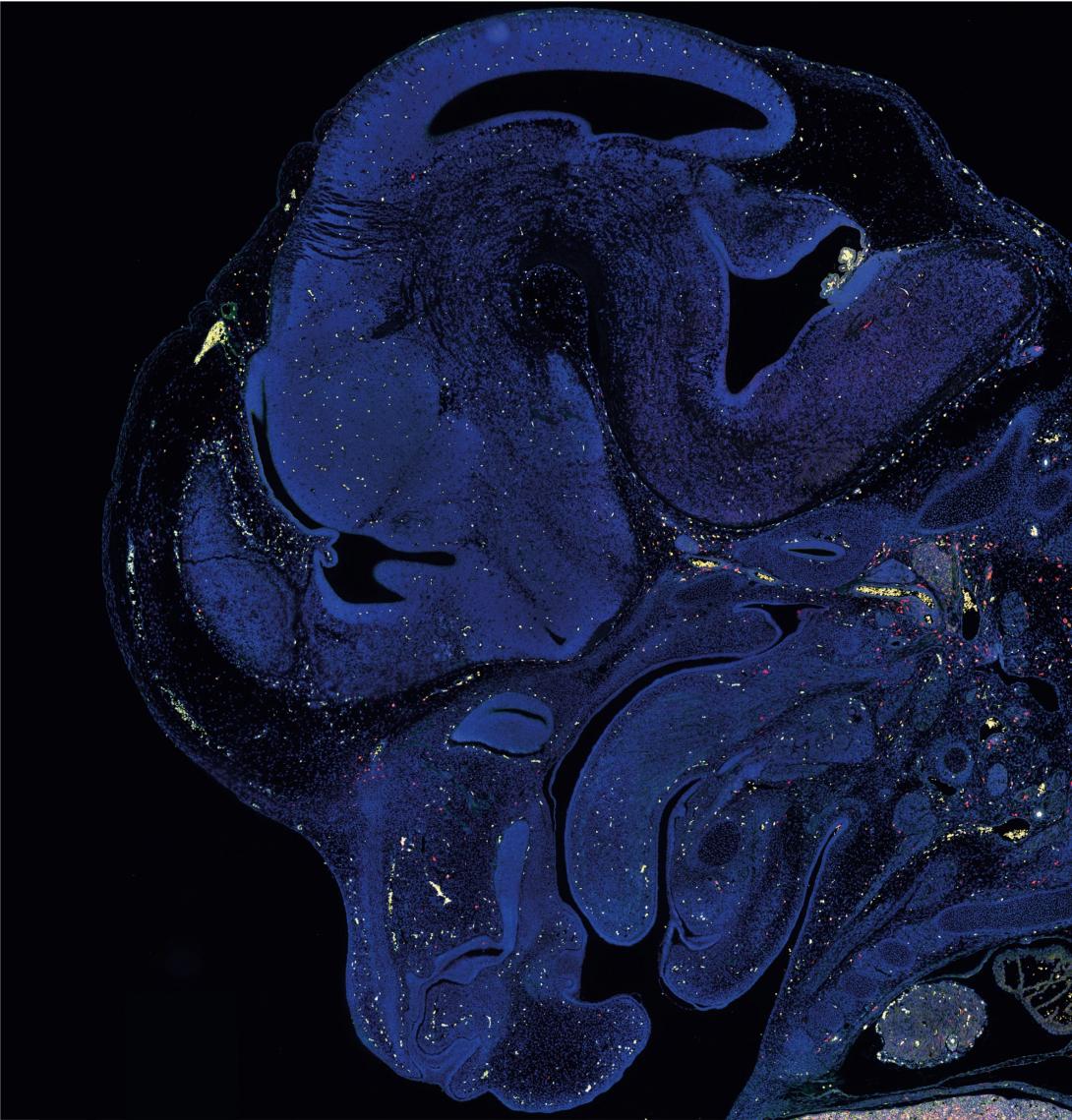
Credit: David Munro, Priller Lab
Myeloid cells in neurodegenerative diseases
Microglia are the primary immune effector cells of the central nervous system (CNS). They originate from erythromyeloid progenitors in the yolk sac and are long-lived, highly specialized tissue macrophages. In contrast to most peripheral macrophage populations, microglia are not derived from hematopoietic stem cells in the bone marrow. Their development from immature KIT+ erythromyeloid progenitors in the yolk sac depends on the transcription factors PU.1, RUNX1, IRF8, as well as on the cytokines CSF-1 and IL-34.
The Priller Lab have discovered that other myeloid populations in the CNS, such as perivascular and meningeal macrophages, also originate in the yolk sac and are long-lived tissue macrophages. The activation of CNS-resident myeloid cells is a cardinal feature of many neurodegenerative diseases, including Alzheimer’s disease (AD) and Huntington’s disease (HD). Notably, genes associated with increased risk for AD, such as TREM2 and CD33, are expressed by microglia and are implicated in phagocytosis and oxidative burst. In HD, microglial activation precedes the onset of clinical symptoms, and elevated levels of proinflammatory cytokines are found in the cerebrospinal fluid (CSF) and brain.
Recently, the mutant Huntingtin protein was found to promote pro-inflammatory transcriptional activation of microglia via myeloid lineage-determining factors PU.1 and C/EBPs. As human microglia are difficult to study, a number of groups have recently established protocols for the generation of microglia-like cells from human induced pluripotent stem cells (iPSCs). Microglia-like cells also develop within human cerebral organoids. However, these in vitro generated cells are still different from adult human microglia.
Main objectives and research goals:
The main objective of this programme, led by Prof Josef Priller, is to better characterize the role of microglia in neurodegenerative diseases, hopefully revealing novel therapeutic targets.
- To establish a mass cytometry protocol to study human microglia from post-mortem brain tissue and fresh biopsies.
- To establish a novel protocol to generate microglia-like cells from human iPSCs.
- To explore the phenotypic changes of human microglia in AD and HD using post-mortem brain tissue and patient-derived iPSC lines.
Key publications
Vacancies
Lab members
- Dr David Munro (Postdoctoral Researcher)
- Eleni Papachristoforou (Bioinformatician)
Collaborators

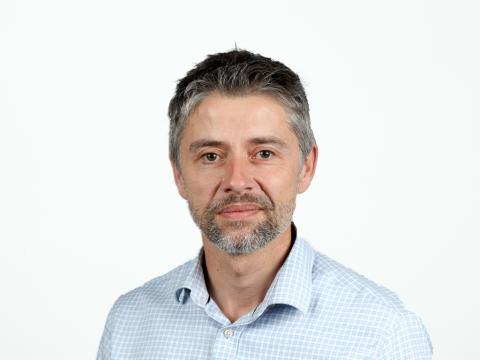


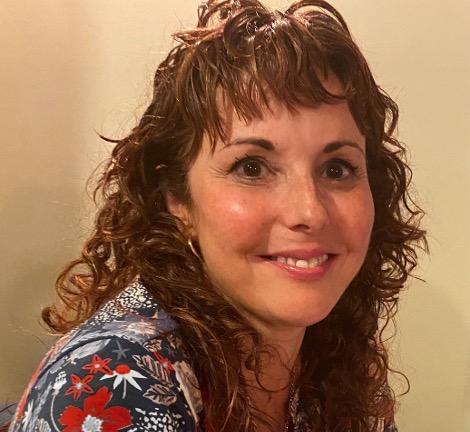
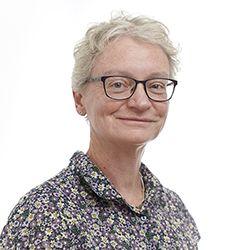

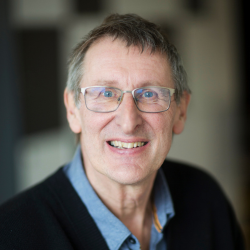




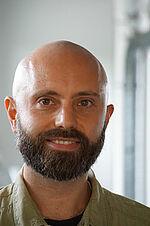
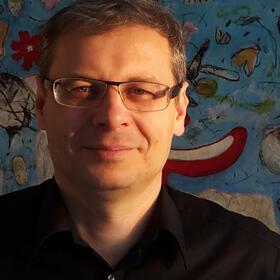
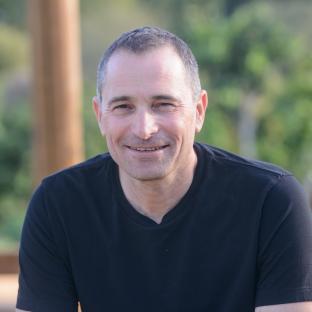
Lab funders
Thank you to all those who support the Priller Lab!
